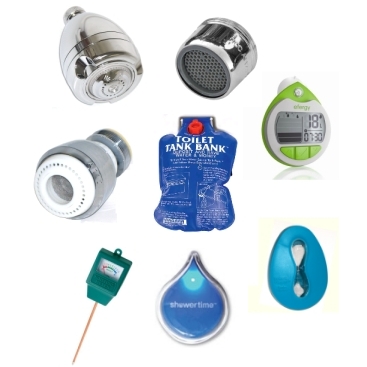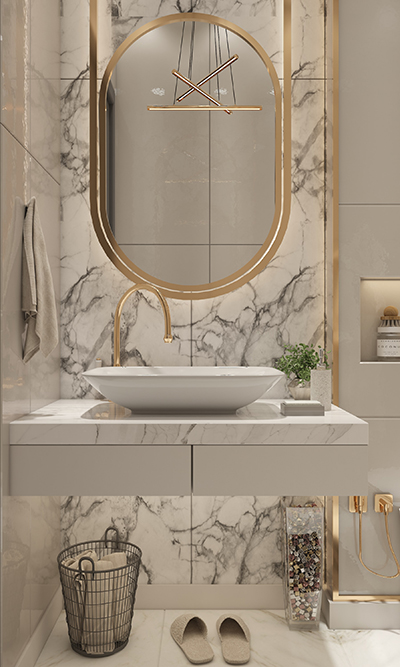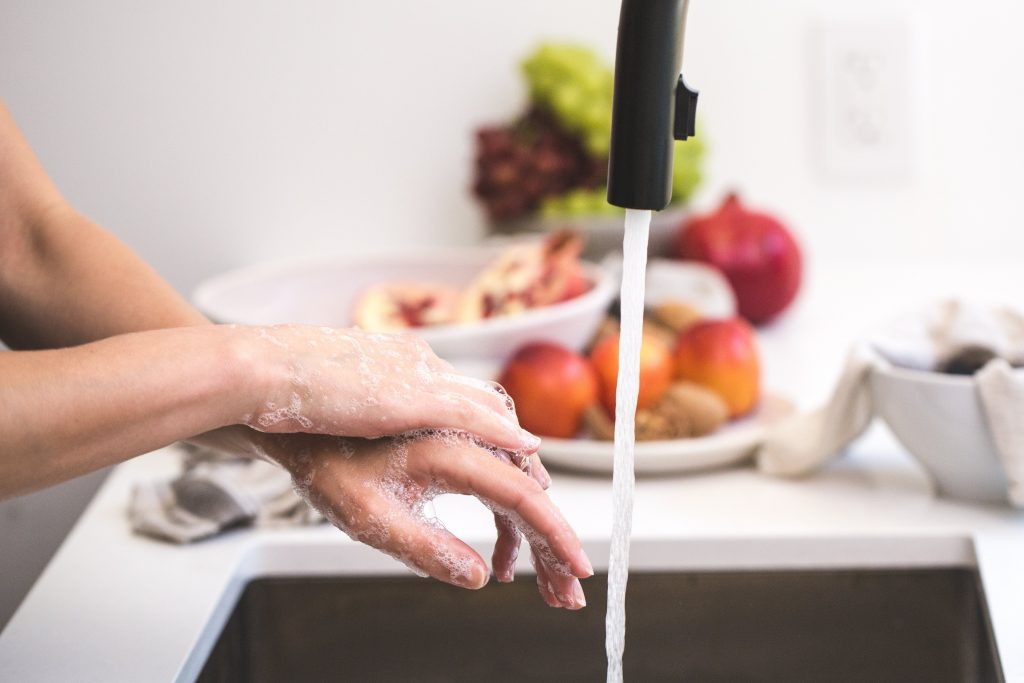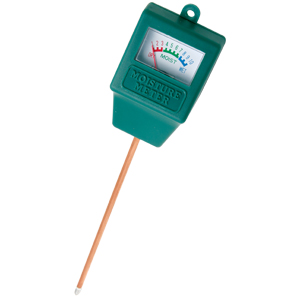
Sometimes it’s the simplest changes that can have the biggest effect on water consumption in the home. Water saving products are low-cost but have a long-lasting effect on home energy usage and the utility bill. To make this easy change, here are 5 simple home water saving products you can install today.
Showerheads
If your showerhead can fill a bucket with 1-gallon of water in under 20 seconds, it’s time to change to an earth-friendly model.
Savings
For less than $10, you could purchase a Niagara Earth showerhead that saves up to 5,475 gallons of water annually. Low-flow showerheads also decrease energy usage, so showerheads that release 1.5 gpm (gallons per minute) save around $70 – $105 per year on the electric and gas bill.
Features
Niagara Earth Showerheads have many varying features:
- Massage – settings range from a soft spray to an intense massage
- “Pause” option – slows or stops the water from flowing and is especially handy when you don’t need the water to run, like while soaping up or shaving
- Flow Control Technology – gives you consistent, even water pressure regardless of the pressure from your water system
Faucet Aerators
Faucet aerators are like caps on the tip of faucets. However, unlike caps, faucet aerators help water flow out evenly and consistently while cutting down on water and energy usage.
Savings
Faucet aerators are one of the cheapest water saving devices on the market. For an investment as low as $2, faucet aerators and earth showerheads can reduce hot water usage by up to 50%.
Kitchen
It’s recommended that kitchen faucets use aerators with a flow rate of no less than 1.5 gpm, since kitchen faucets usually need high flow rates.
Bathroom
Bathroom faucets don’t need a high flow rate and will still maintain water pressure with a .5 – 1 gpm aerator.
Toilet Tank Bank
Fill the toilet tank bank with water and hang it on the inside of the tank wall. With just that simple install you’ll save 0.8 gallons of water per flush. There is nothing to maintain, it never needs re-filling, and it even prevents odors. The product doesn’t change how your toilet functions in any way; it just saves water.
Shower Timer
As much as 25 gallons of water can be used on a 15-minute shower. Curtail the water waste with shower timers. These water saving devices are a fun, smart, and cheap way to keep everyone in the household in line with water usage.
Types
There are different types of shower timers, ranging in price from super cheap to super expensive.
- Sand Timer – These timers can be attached to the shower wall. Some are like a hourglass and some are digital. They’re usually made to keep track of 5-10 minutes and cost as little as $3.
- Digital Shower Timer – An digital timer measures shower time in five-minute intervals. It is installed either with a suction cup or adhesive backing. At the beginning of a shower, a blue LED light appears, and at the 4.5 minute mark, the LED light changes to red. For the last 30 seconds, the red light on the LED shower timer flashes red as a reminder. The cost of this timer is approximately $7.
- Â Digital Shower Timer with Water Consumption Calculator – Costing about $15, a digital shower timer and water calculator displays the amount of time spent as well as the amount of water consumed during the shower. It allows you to set the target amount of water to be used, and an alarm sounds once that target has been reached. This timer also can be installed with a suction cup, or hung with a lanyard.
Soil Moisture Meter
For aspiring and expert gardeners alike, the name is self-explanatory; the meters measure soil for adequate moisture. Soil moisture meters are analog-style, and read the moisture levels in the soil to prevent over-watering, a leading cause in plant death.
Most of these water saving products pay for themselves in under a year, but save you money and decrease energy usage for much longer.







